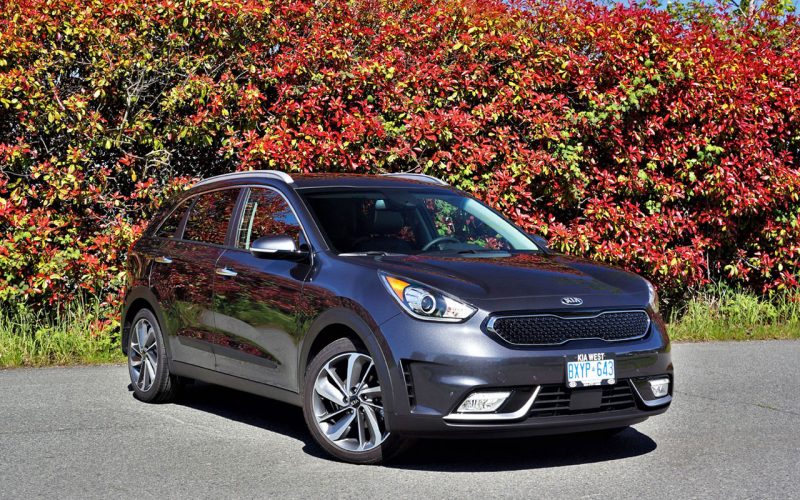
Reading Time: 11 minutesKia is no stranger to electrified vehicles. It currently offers the Optima Hybrid in both regular
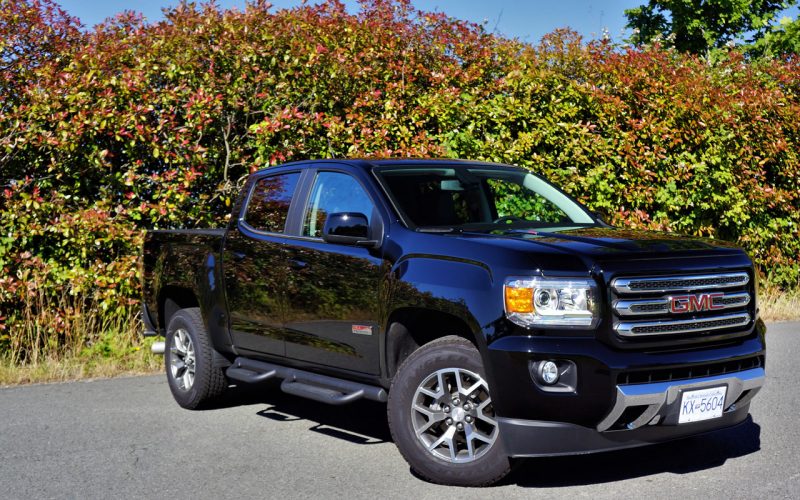
Reading Time: 12 minutesThanks to General Motors, the mid-size pickup truck market is once again starting to heat up.
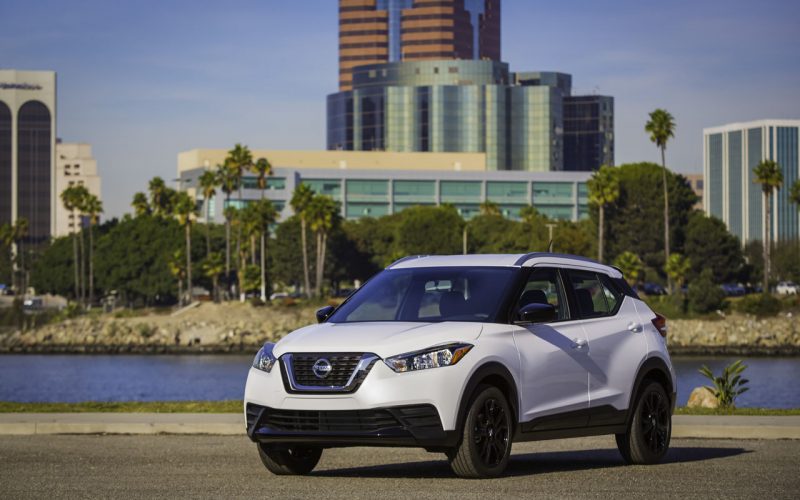
Reading Time: 7 minutesNissan really should’ve taken advantage of its new subcompact SUV’s name and done a photo shoot
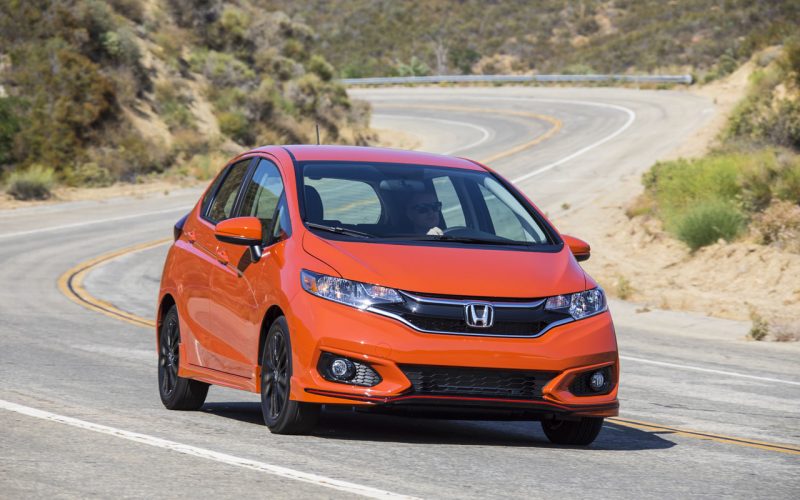
Reading Time: 9 minutesThe ultra-practical Honda Fit subcompact hatchback gets a thorough mid-cycle refresh for 2018, with edgier styling,
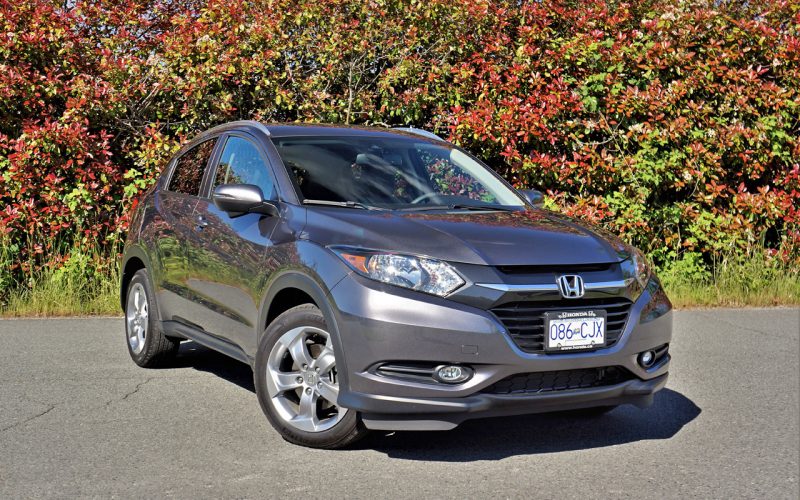
Reading Time: 7 minutesTwo years ago Honda hadn’t even staked their claim in the burgeoning subcompact SUV category, but